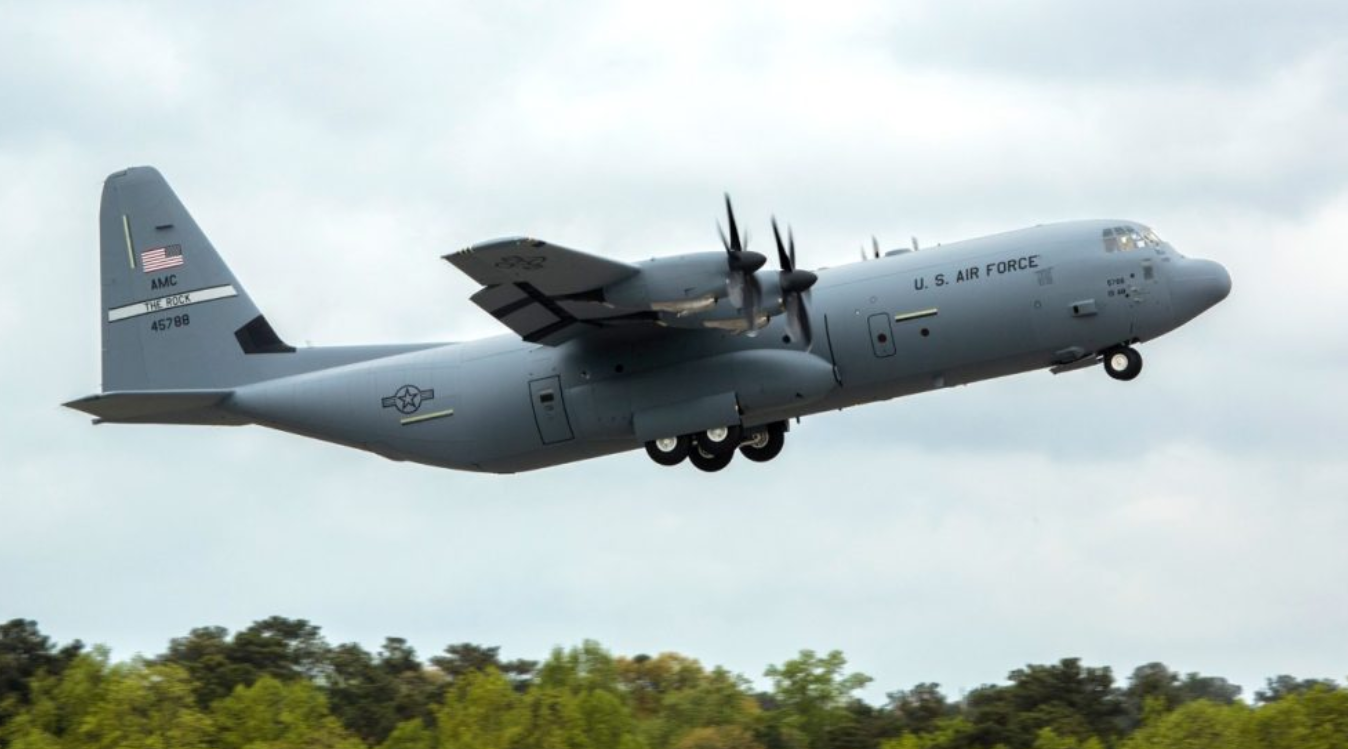
Lockheed Martin C-130J-30.
The U.S. Navy wants to ensure that the Lockheed Martin C-130J-30 can serve its nuclear “take charge and move out” (Tacamo) mission more than two years after choosing it, awarding the company a new $62.2 million contract for studies.
The new contract, announced April 13, covers studies, engineering analysis, airframe analysis and risk reduction. It also increases funding for rapid execution of nonrecurring engineering “in support of identifying if the aircraft can meet E-XX capability requirements and the changes that will be required to the aircraft.”
The contract covers work to be completed by June 2026, a year before the Navy would procure the aircraft, according to the service’s fiscal 2024 budget request.
In December 2020, the Navy picked the C-130J-30 to replace the aging out Boeing 707-based E-6B Mercury fleet for the mission.
The studies are likely to center on how the elongated C-130J-30s could carry the 5-mi.-long, very-low-frequency antenna that is used to send launch orders to submarines.
The service’s budget request says procurement will start with three engineering and manufacturing development aircraft in 2027 and six production aircraft to follow the next year. The fleet is expected to grow further.
Earlier this month, Northrop Grumman announced it is teaming with Lockheed Martin’s Skunk Works, Raytheon, Crescent Systems and Long Wave to integrate the Tacamo mission onto the C-130J-30. A request for proposals is expected soon.

Comments